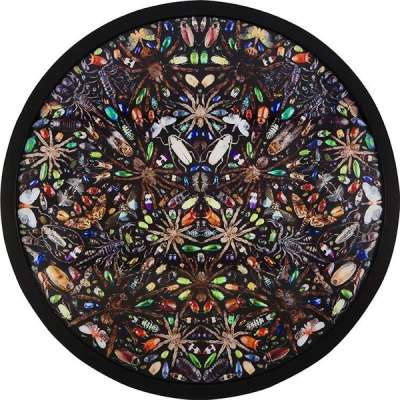
Inferno

Inferno
Signed Print
Damien Hirst
£7,500-£11,000Value Indicator
$15,000-$22,000 Value Indicator
$13,500-$20,000 Value Indicator
¥70,000-¥100,000 Value Indicator
€9,000-€13,000 Value Indicator
$70,000-$110,000 Value Indicator
¥1,450,000-¥2,120,000 Value Indicator
$9,500-$13,500 Value Indicator
AAGR (5 years) This estimate blends recent public auction records with our own private sale data and network demand.
There aren't enough data points on this work for a comprehensive result. Please speak to a specialist by making an enquiry.
Medium: Lenticular
Edition size: 50
Year: 2016
Size: H 61cm x W 61cm
Signed: Yes
Format: Signed Print
TradingFloor
Track this artwork in realtime
Watch artwork, manage valuations, track your portfolio and return against your collection
Track auction value trend
Auction Results
| Auction Date | Auction House | Location | Hammer Price | Return to Seller | Buyer Paid |
|---|---|---|---|---|---|
| January 2023 | Sotheby's Online | United Kingdom | |||
| March 2022 | Sotheby's Online | United Kingdom |
Meaning & Analysis
Inferno is a lenticular print by the renowned contemporary artist, Damien Hirst. Produced in 2016, this digital print on PETG plastic depicts a delicate arrangement of insects in a square shape with a black border. The print is extremely colourful as the various insects are all different shapes, sizes and colours. The insects in the print seem beautiful, despite the many negative associations these tiny creatures carry. Hirst in fact, thought insects were extremely beautiful, arguing that they retained an iridescent beauty, even in death.
Inferno is part of Hirst’s Entomology Works series. The prints in this series are made using the advanced lenticular printing technique. This technique creates an illusion of depth, as demonstrated in Inferno, and makes the insects stand out from the print, appearing to be multi-dimensional. The prints in the series are each named after phases and characters in Dante Alighieri’s The Divine Comedy, a long Italian narrative poem from the 12th century.
Inferno reflects Hirst’s long-standing fascination with insects. Insects frequently feature in his artworks, such as the Kaleidoscope Paintings which are composed of hundreds of butterflies. Hirst’s interest in insects stems from the way they retain the appearance of life, even when they are dead. Hirst’s artworks often explore the relationship between life and death, and, for him, insects embody the fragility of life.
